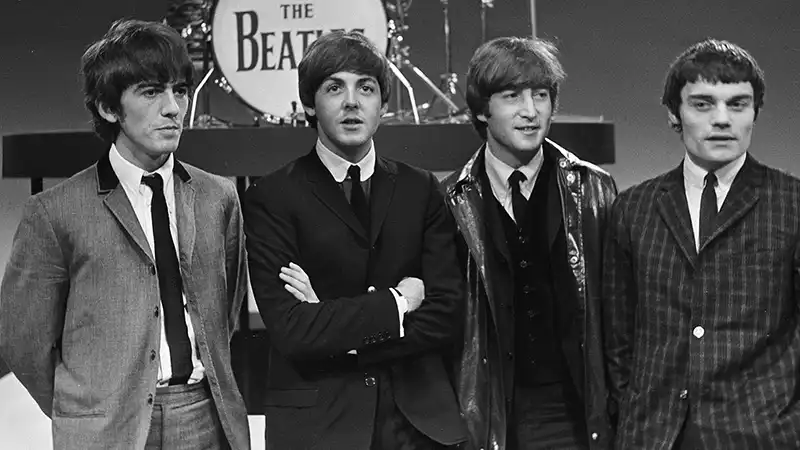
In this organizational mindfulness episode, we define and use the concept to analyze companies. Mindful businesses have high resiliency and avoid catastrophic risks. Mindfulness is compatible with agile, which means you can simultaneously avoid catastrophe AND innovate rapidly. Not everyone believes that’s possible.
If you want to understand “organizational mindfulness,” this is the episode for you. If you’d like some background on scaling mindfulness, you’ll like Episode 2 on self-similarity (our first full episode). If you’d like to hear our detailed failure analysis of Ron Johnson and JCPenney, that’s in Episode 11, the one just before this.
Mindful organizations share a set of six characteristics, which we introduce at the beginning. Then we talk about different examples of each characteristic, from some mindful businesses we know about, such as Toyota and Trader Joe’s, and with counterexamples from JCPenney.
References
- Sutcliffe, K. M., & Vogus, T. (2014). Organizing for Mindfulness. The Wiley Blackwell Handbook of Mindfulness, I, 407–423. https://doi.org/10.1002/9781118294895
- Weick, K. E., Sutcliffe, K. M., & Obstfled, D. (1999). Organizing for high reliability: Processes of collective mindfulness. Research in Organizational Behaviour, 21, 81–123.
- Greening, D.R., Mindful Business characteristics, twitter thread, https://twitter.com/greening/status/1554164846022823936
- Langfitt, F. (Director). (2010, March 26). 403: NUMMI (No. 403). In This American Life. National Public Radio. https://www.thisamericanlife.org/403/nummi-2010
Credits
- Photo copyright World Economic Forum, Janice Marturano, ‘Experiencing Mindful Leadership,’ Davos, Switzerland, January 23, 2013, https://www.flickr.com/photos/worldeconomicforum/8408308078
- Women watching sticky notes, image source Copyright-Only Dedication (based on United States law)or Public Domain Certification, https://pxhere.com/en/photo/1431647



Leave a Reply